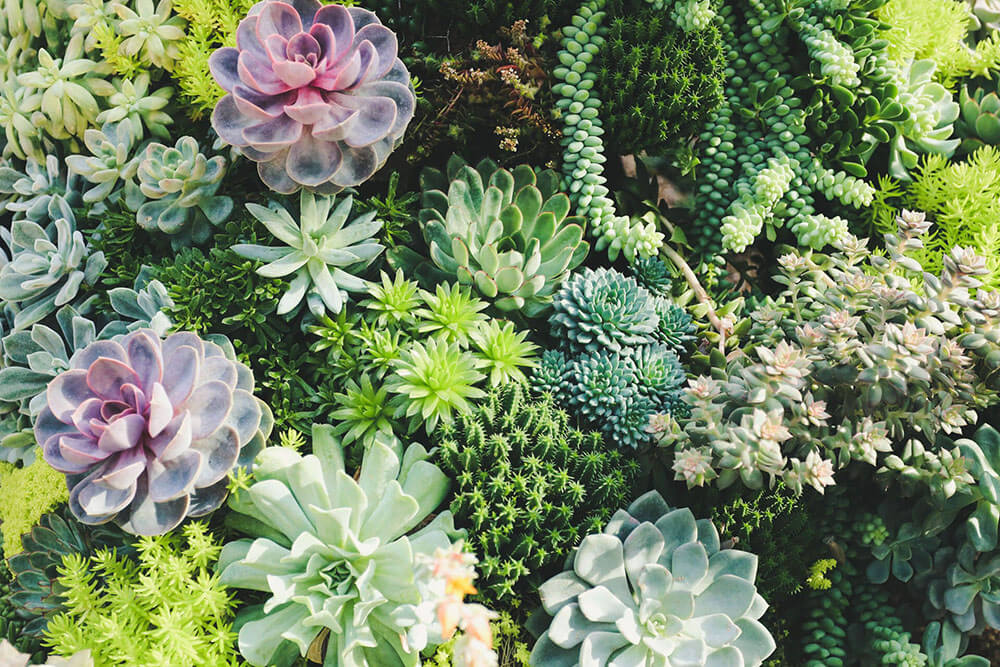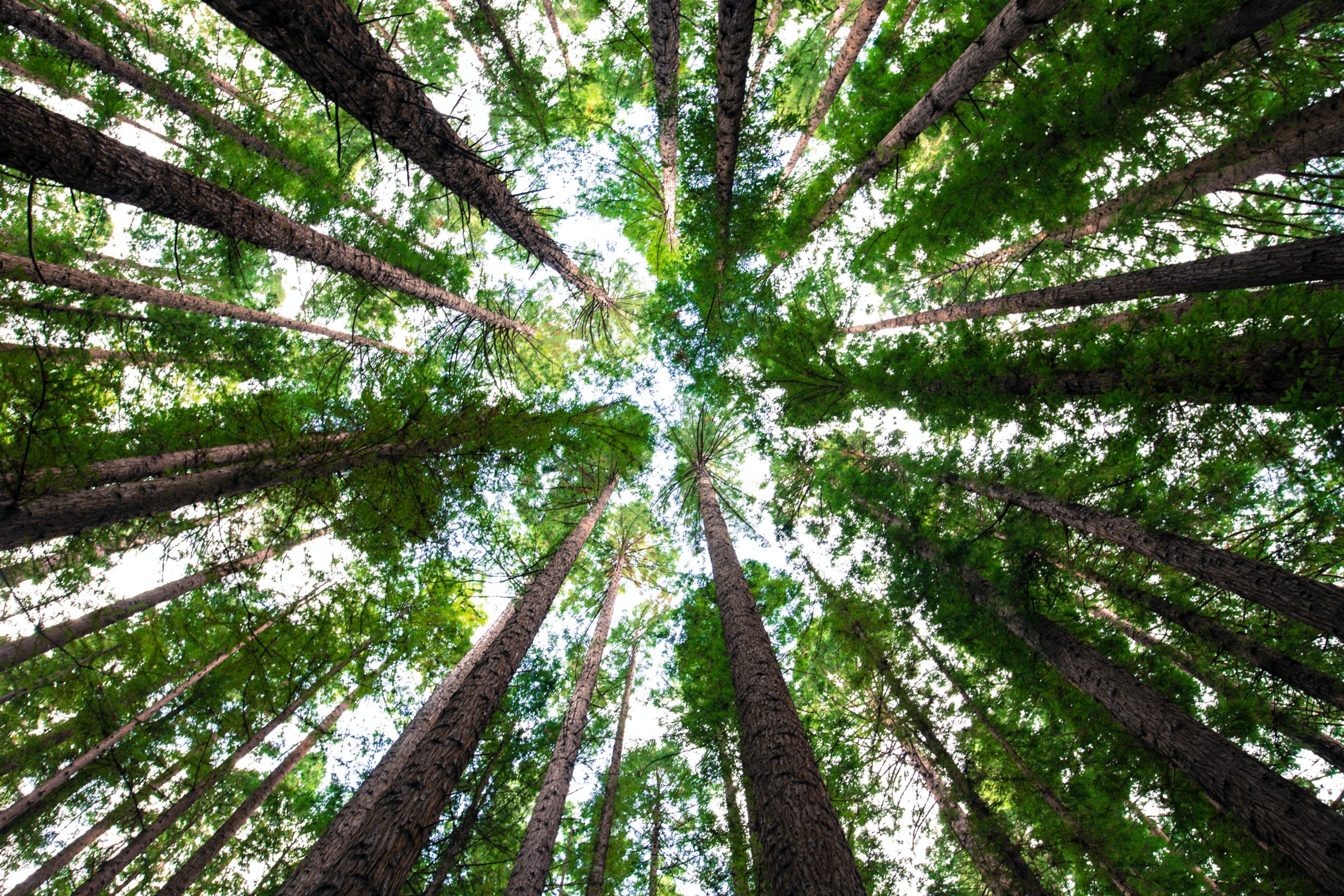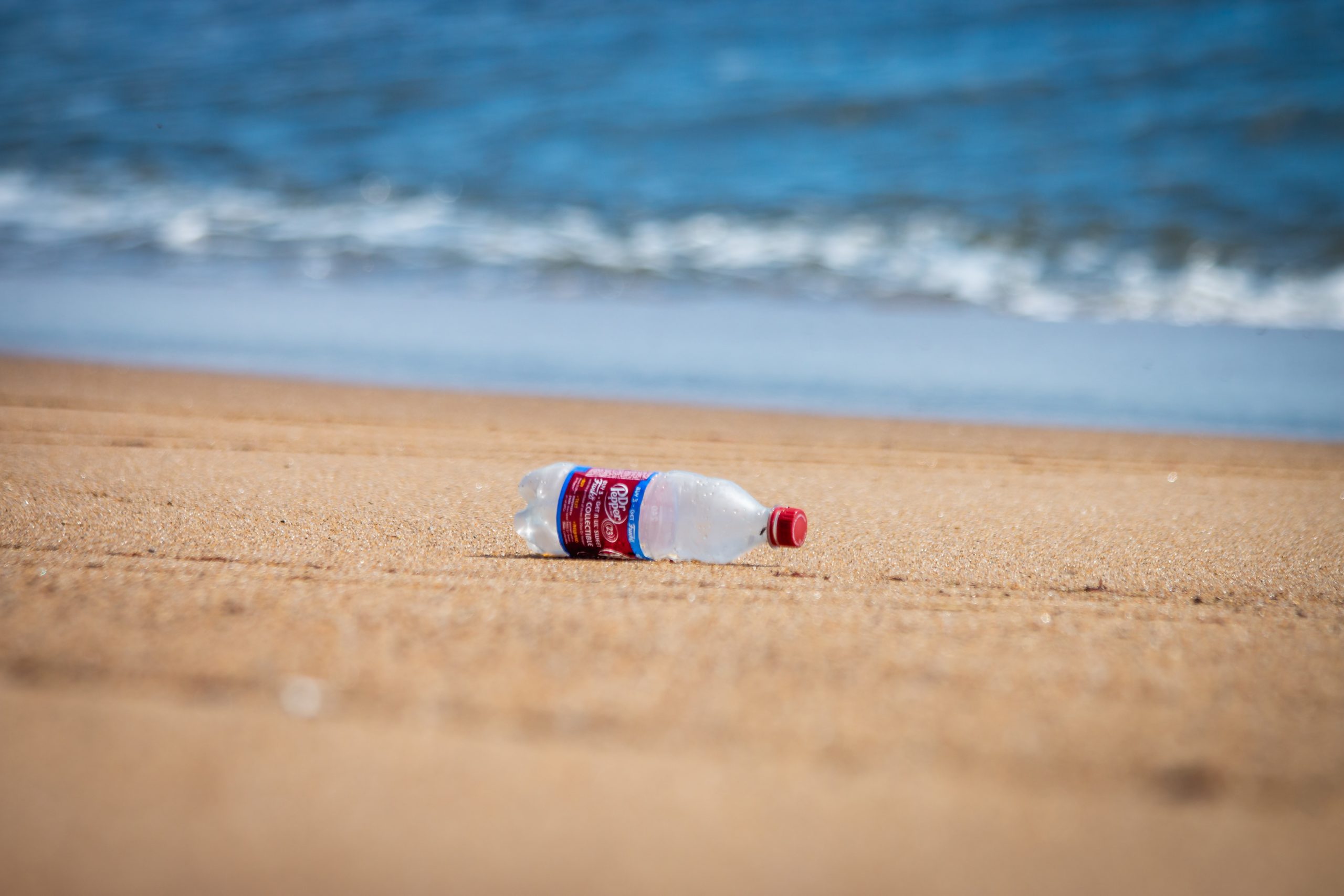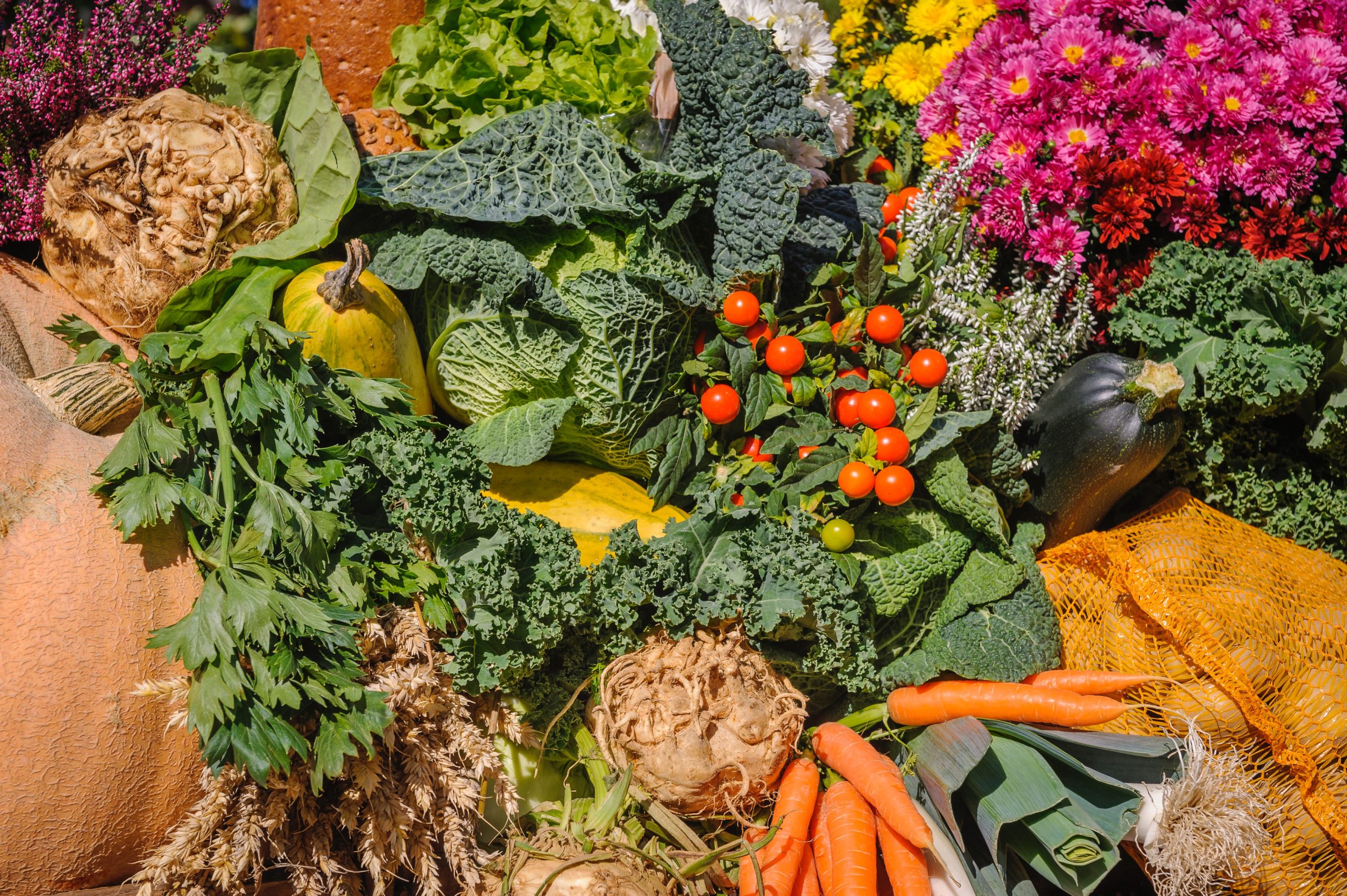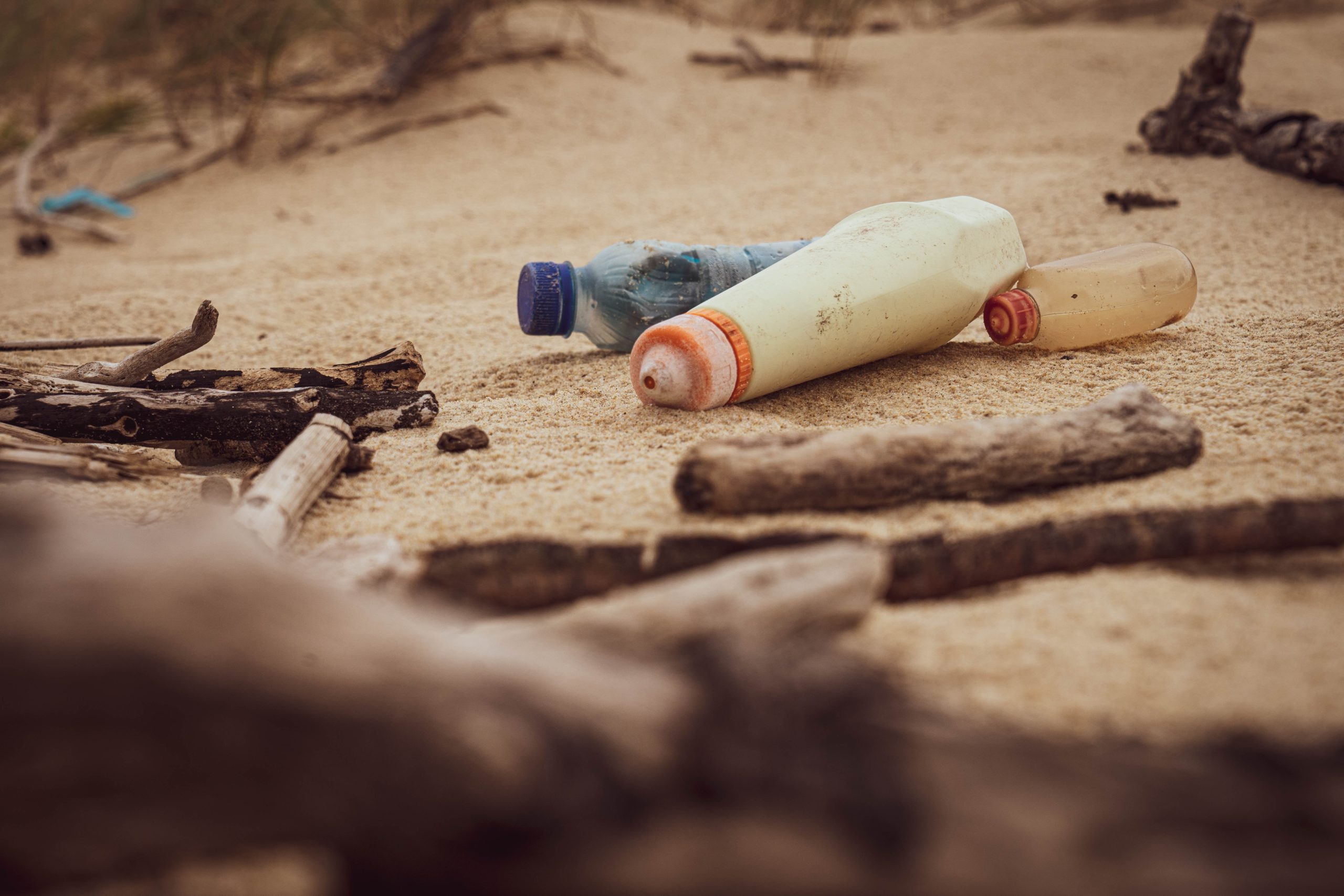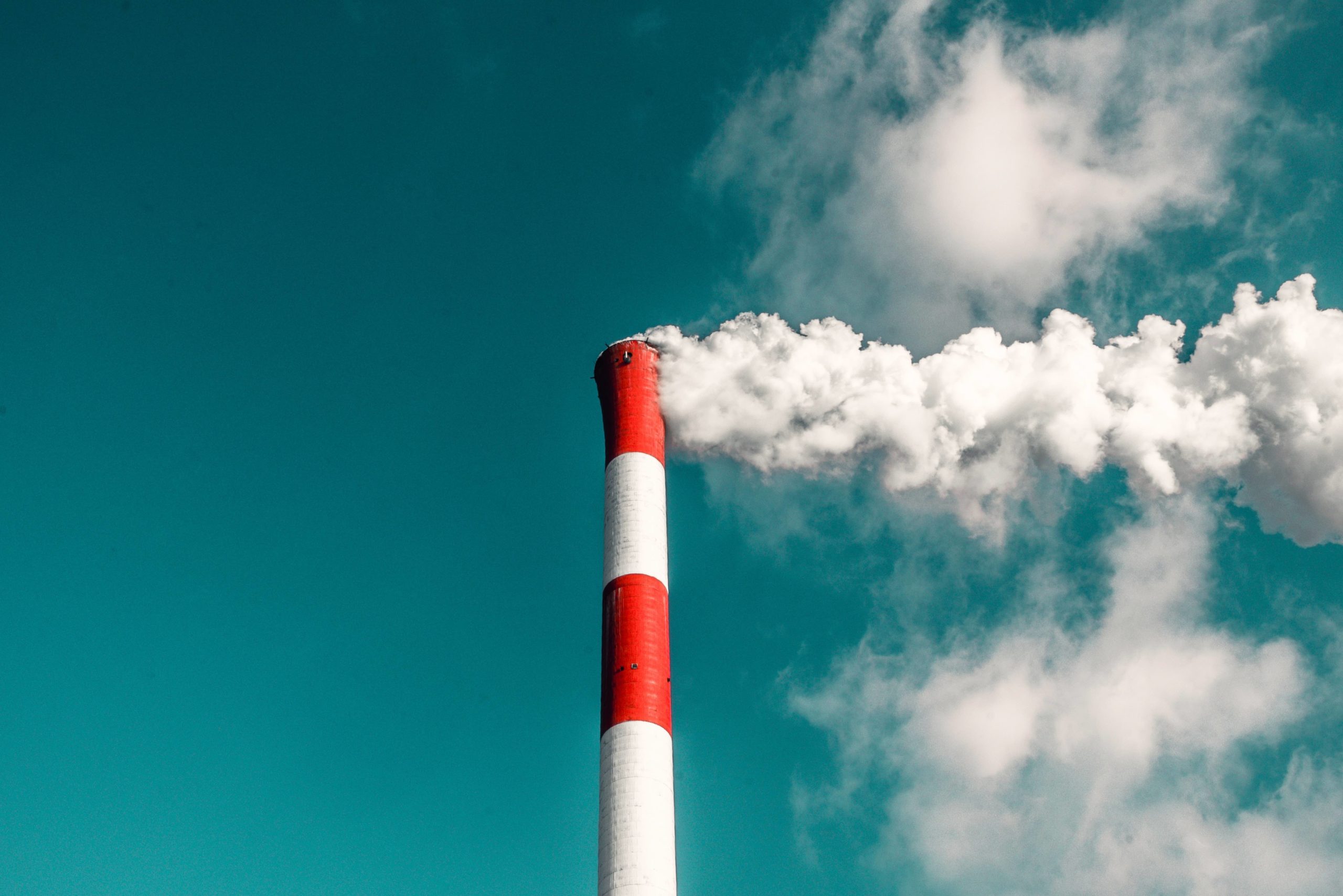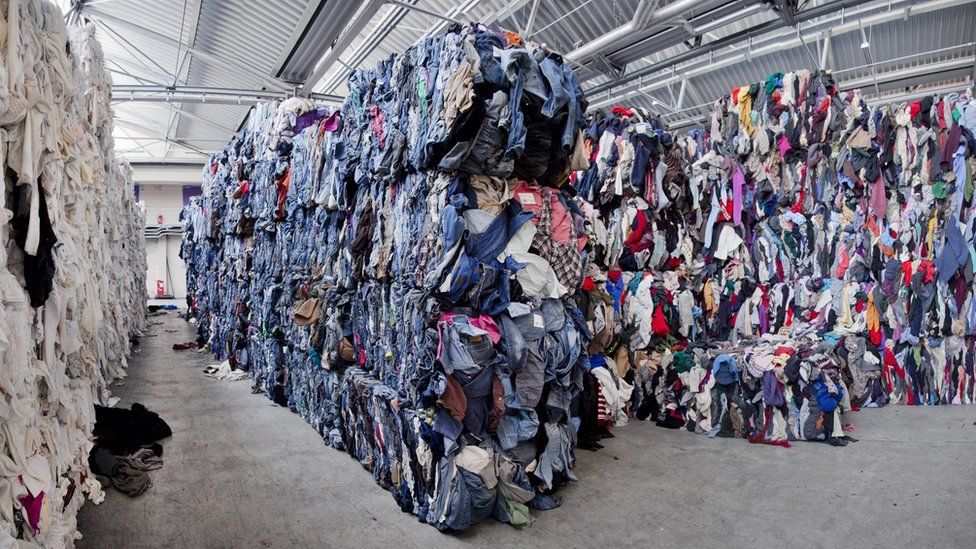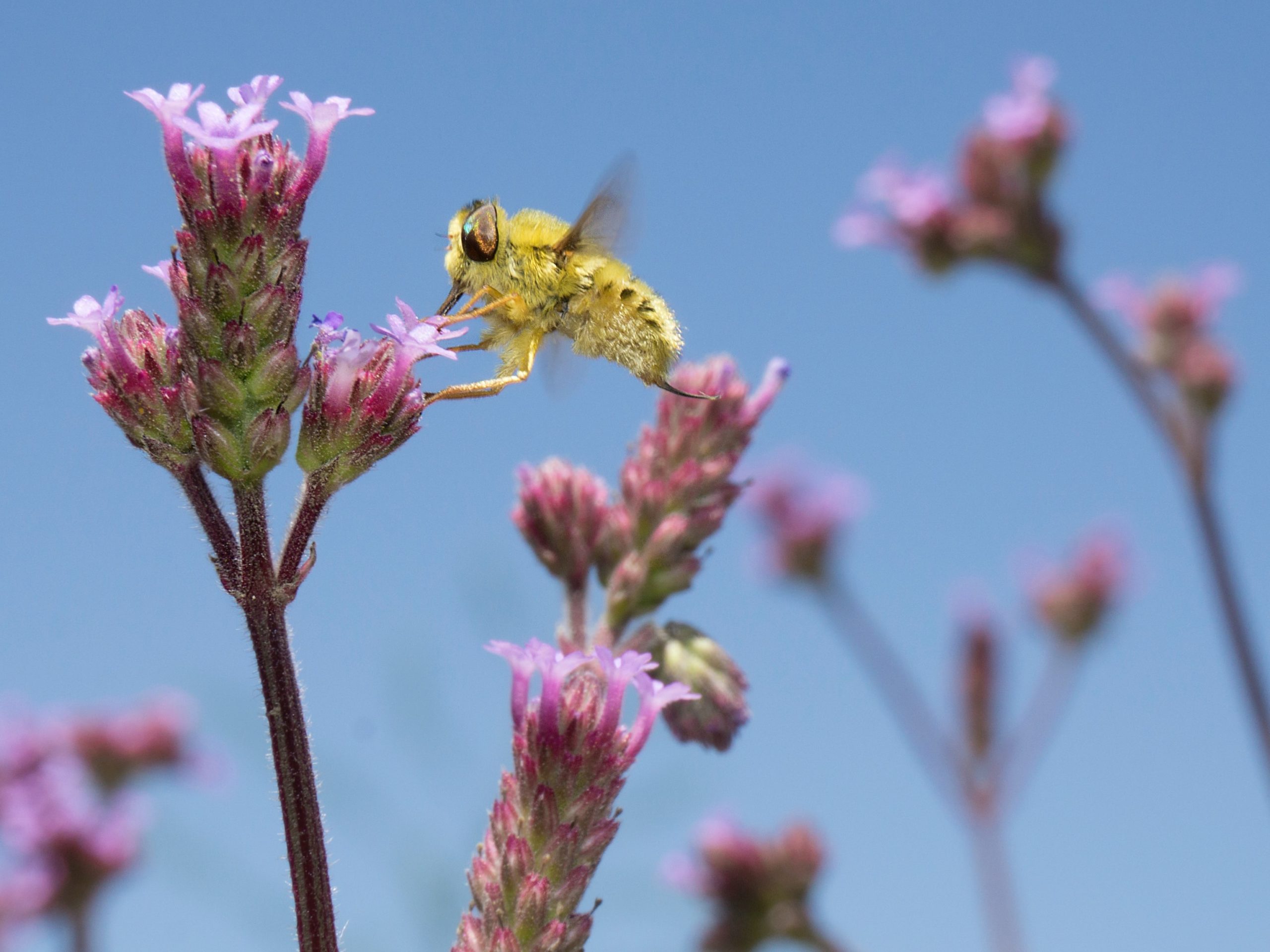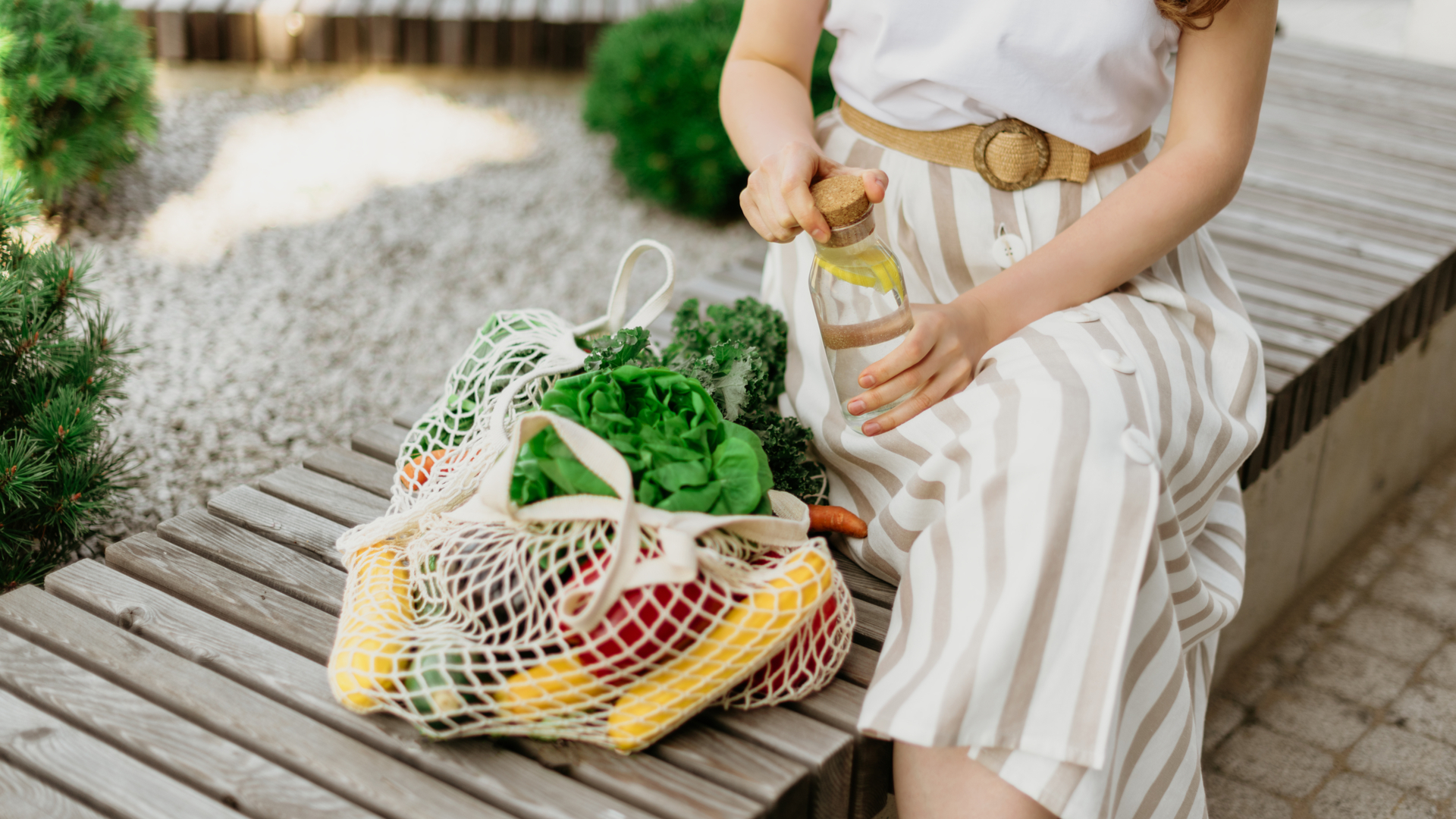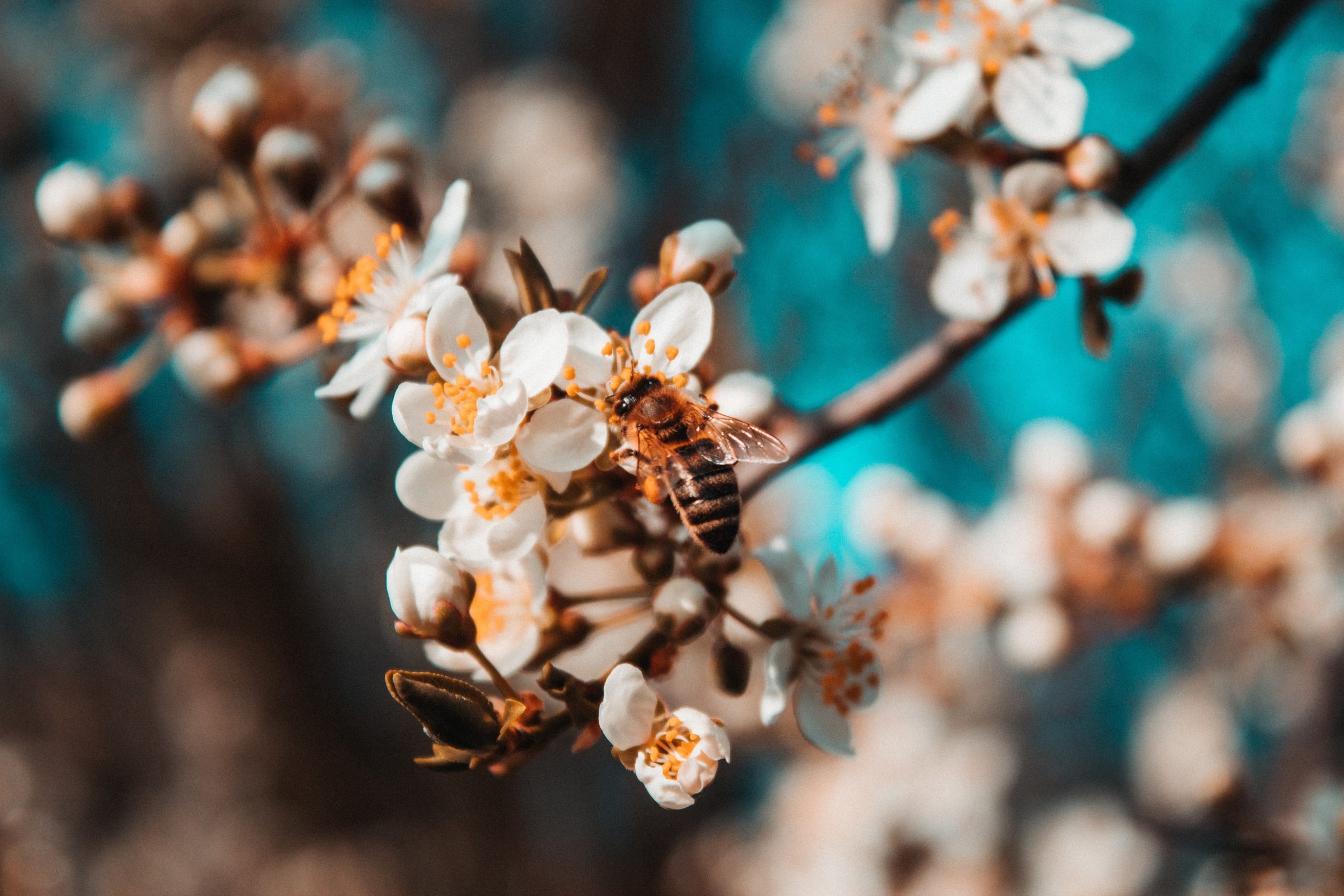
Aside from their fascinating social structure (many bees are ‘eusocial’, meaning each individual plays a role within a colony, which itself could be seen as a living individual), bees play a vital role in the continuing existence of humans. They pollinate around a third of the food we eat (although the exact figure is hotly debated), many of the crops that make our clothes, and those used for feeding livestock. Out of the 400 different types of plants grown for human consumption, bees play some role in the yield and quality of 84%. As a result, it’s estimated that annually, bees contribute $170bn worth of crop pollination around the world – vital with our ever-growing population in need of food. Economically speaking, beekeeping can be an important sustainable and alternative source of income in rural areas, benefiting communities living in and around forests.
Unsurprisingly, bees provide services to ecosystems beyond this anthropocentric viewpoint too. They have evolved to be highly efficient pollinators of a huge variety of trees and other plants, vital for nature’s biodiversity. Bees visit plants for their food, nectar and pollen and have evolved to do so while also (usually) benefitting the plant they are visiting. Their bodies are covered in hairs to trap nectar and pollen, which they can do so year-round (climate dependent), so long as there are flowers available. Their co-evolution over millions of years has led to symbiotic relationships as old as each species – nectar and pollen from flowering plants are bees’ only food source – nectar for energy and pollen for baby food – and bees a primary pollinator for many plants. Bees also act as indicators of the state of the environment. Their presence or absence tells us of the current health of that ecosystem.

Because of all of this, there has been an increase in awareness-raising for the plight of bees. In the six years leading up to 2013, more than 10 million honey bee colonies across the world were lost, often to Colony Collapse Disorder, where bees abandon their hives, leaving the queen and young to fend for themselves. Although the full cause of CCD has not yet been established, evidence points towards the use of Neonicotinoids, pesticides brought in to replace other banned pesticides. Inevitably following CCD the hives die out, although mercifully farmers are able to restock honeybee numbers each year. The same cannot be said for less blatantly economically beneficial species, such as solitary bees, which make up the vast majority of bee species. Of these, around 1 in 10 face extinction as a result of intensive farming, insecticide use and climate change. The habitats they depend on for nesting sites and foraging are rapidly diminishing due to urbanisation – since 1945, 97% of wildflower meadows in the UK have vanished – leaving precious few refuges for them to bounce back.
Rachel Carson’s book, Silent Spring, was published nearly 60 years ago. It’s credited with catalysing the environmental movement in the US and UK, after documenting the devastating effects for bee populations of indiscriminate use of pesticides such as DDT on crops. In 1972 the EPA banned DDT and it is now classified as a probable human carcinogen. And yet, 60 years on, there is still a constant battle between agricultural industry, and environmental organisations. Following the banning of DDT, new pesticides have been introduced – such as the Neonicotinoids that contribute to CCD – and many subsequently banned. Who’d have thought that removing the base of the food chain would cause everything above to collapse? Despite decades of proving that the indiscriminate wiping out of large swathes of the food chain is harmful to the whole ecosystem, the battle between industry and nature continues.
SO HOW CAN WE HELP? IT’S NOT TO LAER TO SAVE OUR BEES FROM EXTINCTION. HERE ARE SOME OF THE BEST WAYS YOU CAN PROMOTE THE HEALTH OF BEES, BOTH CLOSE TO HOME AND BEYOND
Buy organic
One of the best things we can do to promote bee-friendly growing techniques is to buy organic. According to the Soil Association, plant, insect and bird life is 50% more abundant of organic farms. By supporting these farms, you’re supporting the expansion of organic farming practices, thus helping bee populations further afield.
Fill your garden with bee-friendly plants
Reducing the frequency of mowing, and planting native flowers can massively benefit bee populations. You don’t need a lot of space either – window boxes of flowers and un-mown patches of lawn all provide shelter and food sources for multiple different species. Aim to have flowers that bloom year round – grow snowdrops, crocuses and daffodils for early spring feasts and cyclamen, dahlias and begonias for autumn stockpiling. Look for wildflower seed mixes. They’re tough to grow but in the right conditions provide the most benefits for our pollinators.
Create nesting sites
While honeybees require large hives to thrive in, the majority of bee species require much less space. Create a bee hotel to allow them to nest and rest, or build a rock garden. Many bee habitats are considered ‘messy’ to most gardeners, but by maintaining some areas of the garden undisturbed, the nooks and crannies can act as warm shelters for the local solitary bees.
Avoid herbicides and pesticides
As tempting as it may be, using herbicides and pesticides can significantly harm bee populations, as well as everything further up the food chain, such as your garden birds. Mulch around the base of trees and on bare earth – not only will this suppress weeds, it’ll also provide nutrients to your plants, and nesting sites for overwintering insects! Look into ‘companion planting’ – planting more attractive or naturally repellent plants between your crops, to attract or repel unwanted insects.
Buy local honey
Honeybees are not the be all and end all of the bee population in the UK or further afield. However, buying local honey supports local bees pollinating plants in your local area – a win win for the environment and the beekeepers. Purchasing from small businesses also protects against mass production of supermarket-bought, pollen-free ‘honey’, often packed with artificial sweeteners such as high-fructose corn syrup. If you eat honey, make sure it’s from local hives.
“But man is a part of nature, and his war against nature is inevitably a war against himself.”
― Rachel Carson








